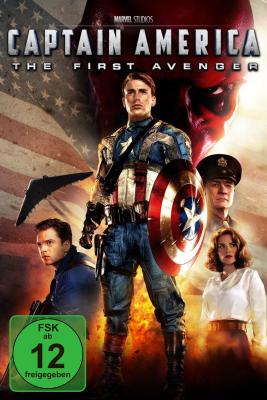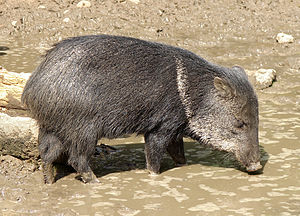Da hört mans immer wieder wir haben keinen grünen Hulk für dich. Dabei hab ich mich für den gar nicht interessiert und kenn den überhaupt nicht

Und sogar Captain America und Wonder Woman lassen mich kalt , wie die auf diese Comics überhaupt kommen ?


Ob die Ihre frühkindlichen pubtären Visionen noch mal hochkommen lassen? Na besten dank , nicht mit mir . Wie die in Zeiten des Hitachi-Fujitsu crime prediction Systems noch auf solche metaphysischen Comic-Geschichten kommen. Dann lieber Minority Report , die haben wenigstens eine Anlehnung an reale technologische Entwicklungen.

Siehe hierzu die folgende englisch-sprachige Webpage
https://qz.com/513125/hitachi-says-it-can-predict-crimes-before-they-happen/Und auch die folgende Nachricht :
https://www.datacenterdynamics.com/en/news/hitachi-data-systems-upgrades-crime-prediction-system/Das die Leute vom Rundfunk und von Twitter und Google und Whats App anscheinend nicht wahrhaben wollen , dass es Personen gibt die nur an Technologie glauben. Na gut , guckt euch mein Imperium der Unterhose ohne Mich an
... link
Hier ein kleiner Beitrag in englischer Sprache zum Thema Brockianisches Ultrakriket, von douglas adams , hitchhikers guide through the galaxy
Brockian Ultra-CricketSHARE
Brockian Ultra-Cricket, described as "a curious game which involved suddenly hitting people for no readily apparent reason and then running away", is a fictional sport.
It first appeared in the original BBC radio series The Hitchhikers Guide to the Galaxy, and later in the novel Life, the Universe and Everything, written by Douglas Adams. In the books, the sport is first named in the first novel; the name comes from Jonny Brock, a friend of Adams.
Its rules (as told from the book) are as follows:
Rule One: Grow at least three extra legs. You won't need them, but it keeps the crowds amused.
Rule Two: Find one good Brockian Ultra-Cricket player and clone him off a few times. This saves an enormous amount of tedious selection and training.
Rule Three: Put your team and the opposing team in a large field and build a high wall round them.
The reason for this is that, though the game is a major spectator sport, the frustration experienced by the audience at not actually being able to see what's going on leads them to imagine that it's a lot more exciting than it actually is. A crowd that has just watched a rather humdrum game experiences far less life-affirmation than a crowd that believes it has just missed the most dramatic event in sporting history.
Rule Four: Throw lots of assorted items of sporting equipment over the walls for the players. Anything will do ? cricket bats, basecube bats, tennis guns, skis, anything you can get a good swing with.
Rule Five: The players should now lay about themselves for all they are worth with whatever they find to hand. Whenever a player scores a 'hit' on another player, he should immediately run away and apologize from a safe distance.
Apologies should be concise, sincere and, for maximum clarity and points, delivered through a megaphone.
Rule Six: The winning team shall be the first team that wins.
It is said that the rules of Brockian Ultra-Cricket are so controversial that the civilizations which play it spend more time in a state of war over their interpretation than they do actually playing the game; it is mentioned that the rules are so lengthy and complex that the one time they were collected in one place for reference, a black hole was formed out of their mass. It is believed that "in the long run, a good solid war is less psychologically damaging than a protracted game of Brockian Ultra-Cricket", so this may be a good thing.
... link
Das Nabelschwein soll gar keine symbiontische
Gemeinschaft mit dem Guanaco bilden , weil gar keine
gemeinsame Mitgliedschaft in dem Ökosystem vorhanden ist


Beide leben in unterschiedlichen Ökosystemen , das eine im Hochland ,das andere in den feuchten Ebenen. Daher haben beide Tiere Argentiniens gar nichts mit einander zu tun.
Es folgt , das die beiden aus unterschiedlichen Ökosystemen stammen und schon deshalb gar nicht in symbiose leben können
Siehe dazu die beiden Wikipedia-Artikel
https://de.wikipedia.org/wiki/Nabelschweineund
https://de.wikipedia.org/wiki/GuanakoEs ist nämlich ein weitverbreiteter Irrtum , dass diese beiden miteinander in symbiotische Ökosystem-Verbindung stehen, denn diese sind räumlich getrennt als Arten in Argentinien zu finden
Da hat das Guanaco Glück, ansonsten wird es wie die Nabelschweine von der gewaltigen Anakonda gefressen

Siehe dazu den folgenden Artikel
https://de.wikipedia.org/wiki/Gro%C3%9Fe_Anakonda... link